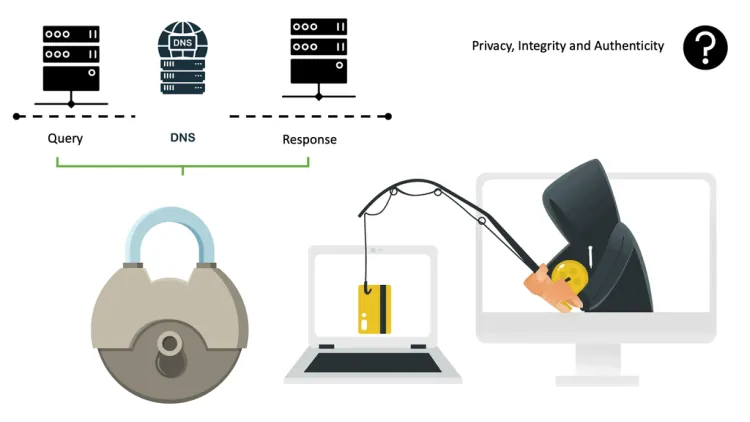Novel DNS Hijacking Scams Lure Investors on Fake Platforms
DNS hijacking technique by Savvy Seahorse, luring investors to fake platforms for financial scams.

The digital landscape is evolving, and with it, the strategies employed by cybercriminals. A recent report by Infoblox highlights the emergence of a new DNS threat actor, known as Savvy Seahorse, who has masterfully crafted a method to defraud individuals by directing them to counterfeit investment platforms. This innovative approach to DNS hijacking signifies a significant threat to online security, leveraging sophisticated techniques to entrap targets and siphon off funds to unauthorized accounts.
The Modus Operandi of Savvy Seahorse
Savvy Seahorse stands out for its cunning ability to persuade victims into setting up accounts on fictitious investment sites. Individuals are deceived into depositing funds into what they believe to be their personal accounts, which are subsequently transferred to a bank in Russia. The primary tool in their arsenal is the exploitation of DNS canonical name (CNAME) records to develop a traffic distribution system (TDS), a method that has proven effective in eluding detection since August 2021.
CNAME records serve as a means to alias one domain or subdomain to another, offering the flexibility to update only the DNS A record for the root domain when the host's IP address changes. By registering ephemeral subdomains linked by a common CNAME record, Savvy Seahorse capitalizes on this technique, utilizing a domain generation algorithm (DGA) that complicates efforts to dismantle their fraudulent infrastructure.
Broadening the Net
The campaign orchestrated by Savvy Seahorse is notable for its wide-reaching implications, targeting speakers of Russian, Polish, Italian, German, Czech, Turkish, French, Spanish, and English. This broad scope underlines the threat actor's intent to cast a wide net, ensnaring victims across a diverse linguistic spectrum. The enticement often begins with ads on popular social media platforms like Facebook, misleading users with the allure of high-return investment opportunities via counterfeit ChatGPT and WhatsApp bots.
Cybersecurity Implications and Victim Precautions
For those unfortunate enough to interact with the deceptive Facebook ads, the process typically involves submitting personal details such as names, email addresses, and phone numbers. Subsequently, victims are redirected to the sham trading platform, where they are encouraged to add funds to their wallets. An interesting aspect of Savvy Seahorse's operation is the selective filtering of traffic from specific countries, a strategy whose rationale remains ambiguous.
The revelation of Savvy Seahorse's activities coincides with findings from Guardio Labs, which uncovered the hijacking of thousands of domains belonging to legitimate brands and institutions. This method, known as CNAME takeover, is similarly employed to disseminate spam campaigns, further highlighting the evolving threats in the cybersecurity landscape.
To learn more about how to protect yourself from such DNS hijacking scams and to stay informed about the latest cybersecurity trends, visit our dedicated section on Cybersecurity Insights.
As the digital age advances, the imperative for vigilant cybersecurity practices has never been more critical. The emergence of threat actors like Savvy Seahorse underscores the ongoing battle against cybercriminals and the necessity for individuals to exercise caution when navigating the online world. For comprehensive coverage on this and related cybersecurity topics, head over to Kiksee Magazine.
What's Your Reaction?






















